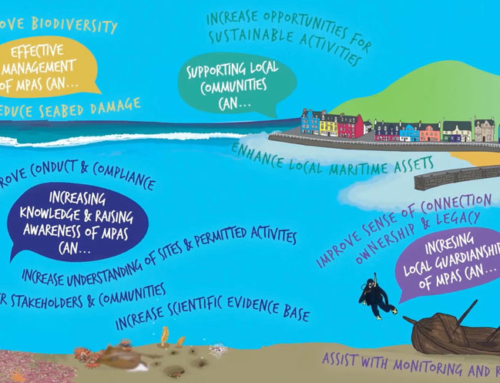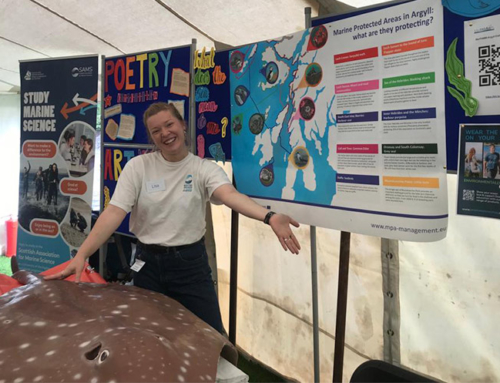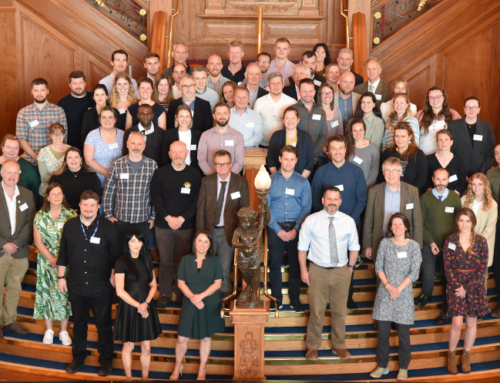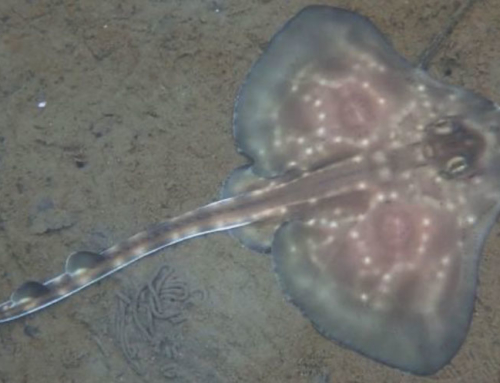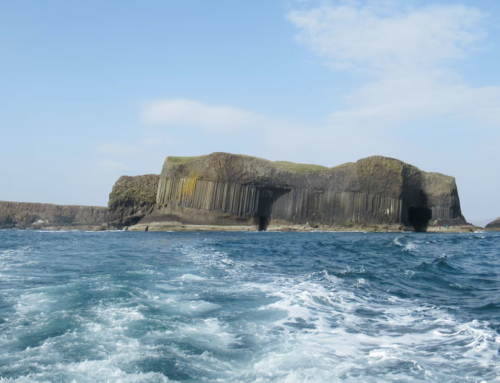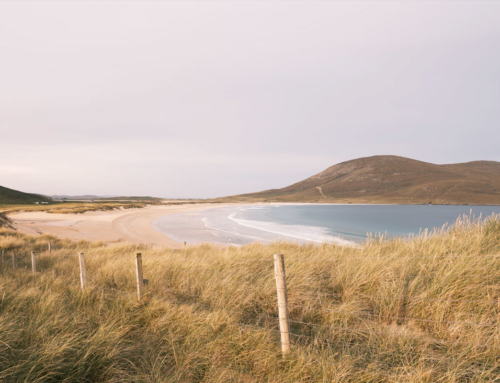MarPAMM has published two new reports on the state of seabirds in Northern Ireland.
The British Trust for Ornithology (BTO) surveyed cliff-nesting seabird colonies during May and June 2021 on Rathlin Island and along the North Antrim coast from Runkerry to Murlough. On Rathlin they found 13 breeding seabird species with 150,000 Guillemots accounting for 80% of individuals, making it the UK’s largest Guillemot colony. The team found increased numbers of Herring Gull since 1999 and made the first record of breeding Great Skua. But they also found declining populations compared since the 1999 survey with Puffins, Fulmers and Black-headed Gulls doing particularly poorly. On the North Antrim coast BTO recorded 11 breeding species, dominated by Fulmar (30%), Guillemot (25%), Kittiwake (21%) and Razorbill (15%). Here Razorbill, despite still being well represented, recorded losses of 70% compared to 1999 while the numbers of Lesser Black-backed Gulls had increased from just 7 breeding pairs to 91 breeding pairs (an increase of 1,200%).
Of particular concern was the 60% decline in the number of Cormorant on Sheep Island, a Special Protection Area recognised for its nationally important breeding population of the northern European sub-species of cormorant.
Read the Report: MarPAMM – Cliff nesting seabird surveys at colonies in Northern Ireland
A second study investigated the foraging ecology of Black Guillemot at Bangor, on mainland Co Down, and Lighthouse Island, a part of the Copeland Islands in June 2021. Based on 23 tagged individuals the researchers from the BTO and the Environmental Research Institute found that the birds remained concentrated around their breeding colonies and close inshore. The tagged Black Guillemots dived to a maximum of 35.5 m, corresponding to seafloor depth, which indicated benthic foraging behaviour. Birds were found to forage mostly within the infralittoral and shallow circalittoral zone down to 30m even when greater depths were available.
Read the Report: Black Guillemot foraging ecology in relation to Marine Protected Area management plans for Northern Ireland


